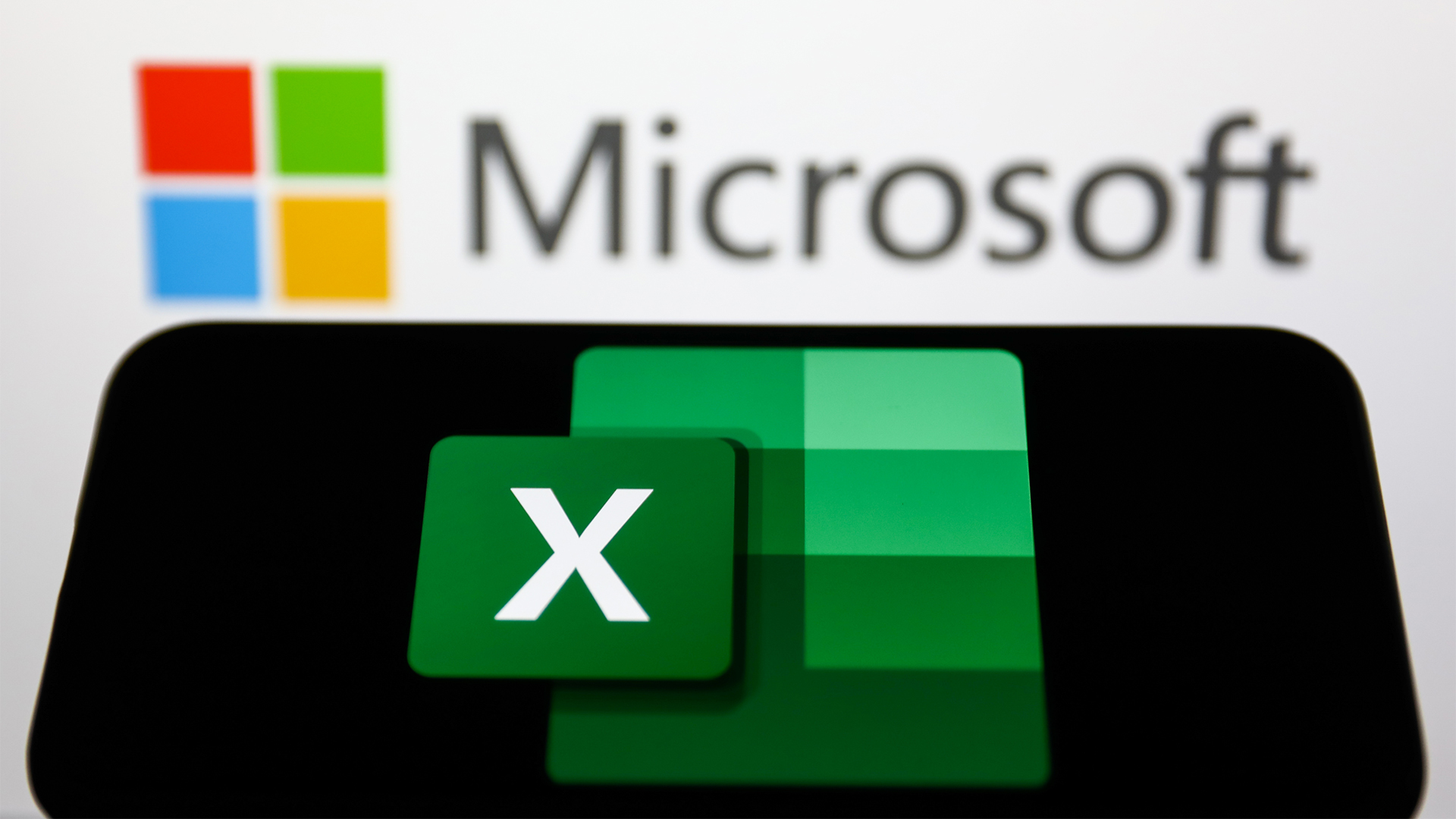Samsung 256GB SSD drive review
At 256GB, Samsung's latest SSD solves one of the bugbears of solid state technology for client machines - capacity. But can it also deliver for performance and value?
There’s no doubt that, in theoretical tests at least, the Samsung SSD is far quicker than the average hard disk – and thanks to snappier menus and faster loading, installing this in your laptop will mean it runs quicker and is more satisfying to use, even if this doesn’t particularly tell in application benchmarks. While it’s a good addition to a machine, the price means that technology is still too high to justify for many users, but the advantages of a solid state drive for ruggedness means that it’s still an investment worth considering.

However, the picture was less clear-cut when we pitted the traditional hard disk against the super-fast SSD in our real-world tests. When running our suite of applications benchmarks, which includes Microsoft Office 2003 and Adobe Photoshop CS4, we found that there was little difference in performance between the two disks: both scored an overall result of 0.98. However, the SSD achieved slightly better results in our Office and 2D graphics benchmarks, although it did fall behind in our multi-tasking benchmark.
Battery life didn't differ massively when using the lower-power SSD, either: in both our heavy and light use tests, both returned similar results, lasting for just over an hour under stress and almost four and a half in light use conditions.
Thankfully, the SSD's performance was far more assured in other areas. When booting from the solid-state drive, for instance, Windows Vista took 42s to load its selection of start-up applications and achieve a usable state - under the same conditions, the normal hard disk to 59s, almost 25 per cent slower.
While its performance in applications wasn't particularly stellar, that doesn't mean that the Samsung SSD won't boost your computing in numerous ways. Boot times are vastly improved, for instance and, even though it's difficult to measure in a concrete manner, using the SSD just feels snappier than a normal disk: menus open up without delay, even in Windows Vista, and applications open far quicker than they would do when booting from a platter-based disk even if, once work and office applications are running, their performance doesn't vary too much.
The Samsung drive is easy to use on a practical level, too; it's the same size as a regular 2.5in hard disk and weighs only 80g, and the same mounting mechanism is used on the SSD as on laptop hard disks, meaning that it'll fit into the variety of caddies and slots used for 2.5in drives in modern laptops so, on the physical side at least, upgrading your notebook to an SSD should be a relatively painless experience.
Sign up today and you will receive a free copy of our Future Focus 2025 report - the leading guidance on AI, cybersecurity and other IT challenges as per 700+ senior executives
Mike Jennings has worked as a technology journalist for more than a decade and has been fascinated by computers since childhood, when he spent far too long building terrible websites. He loves desktop PCs, components, laptops and anything to do with the latest hardware.
Mike worked as a staff writer at PC Pro magazine in London for seven years, and during that time wrote for a variety of other tech titles, including Custom PC, Micro Mart and Computer Shopper. Since 2013, he’s been a freelance tech writer, and writes regularly for titles like Wired, TechRadar, Stuff, TechSpot, IT Pro, TrustedReviews and TechAdvisor. He still loves tech and covers everything from the latest business hardware and software to high-end gaming gear, and you’ll find him on plenty of sites writing reviews, features and guides on a vast range of topics.
You can email Mike at mike@mike-jennings.net, or find him on Twitter at @mikejjennings
-
 Trump's AI executive order could leave US in a 'regulatory vacuum'
Trump's AI executive order could leave US in a 'regulatory vacuum'News Citing a "patchwork of 50 different regulatory regimes" and "ideological bias", President Trump wants rules to be set at a federal level
By Emma Woollacott Published
-
 Microsoft Excel is still alive and kicking at 40 – and it's surging in popularity as 82% of finance professionals report ‘emotional attachment’ to the spreadsheet software
Microsoft Excel is still alive and kicking at 40 – and it's surging in popularity as 82% of finance professionals report ‘emotional attachment’ to the spreadsheet softwareNews A recent survey found Gen Z and Millennial finance professionals have a strong “emotional attachment” to Microsoft Excel
By Emma Woollacott Published
-
 LastPass hit with ICO fine after 2022 data breach exposed 1.6 million users – here’s how the incident unfolded
LastPass hit with ICO fine after 2022 data breach exposed 1.6 million users – here’s how the incident unfoldedNews The impact of the LastPass breach was felt by customers as late as December 2024
By Emma Woollacott Published
